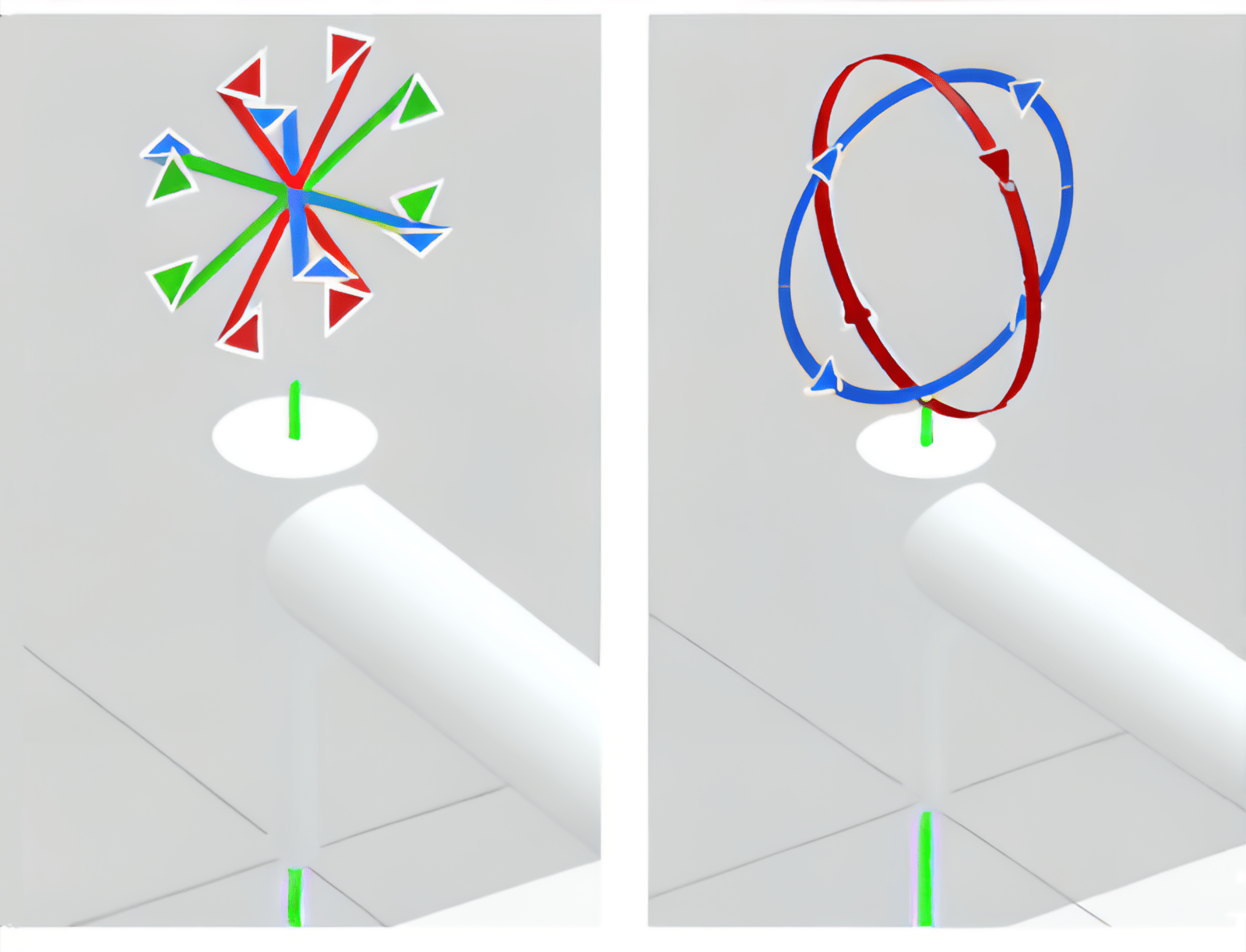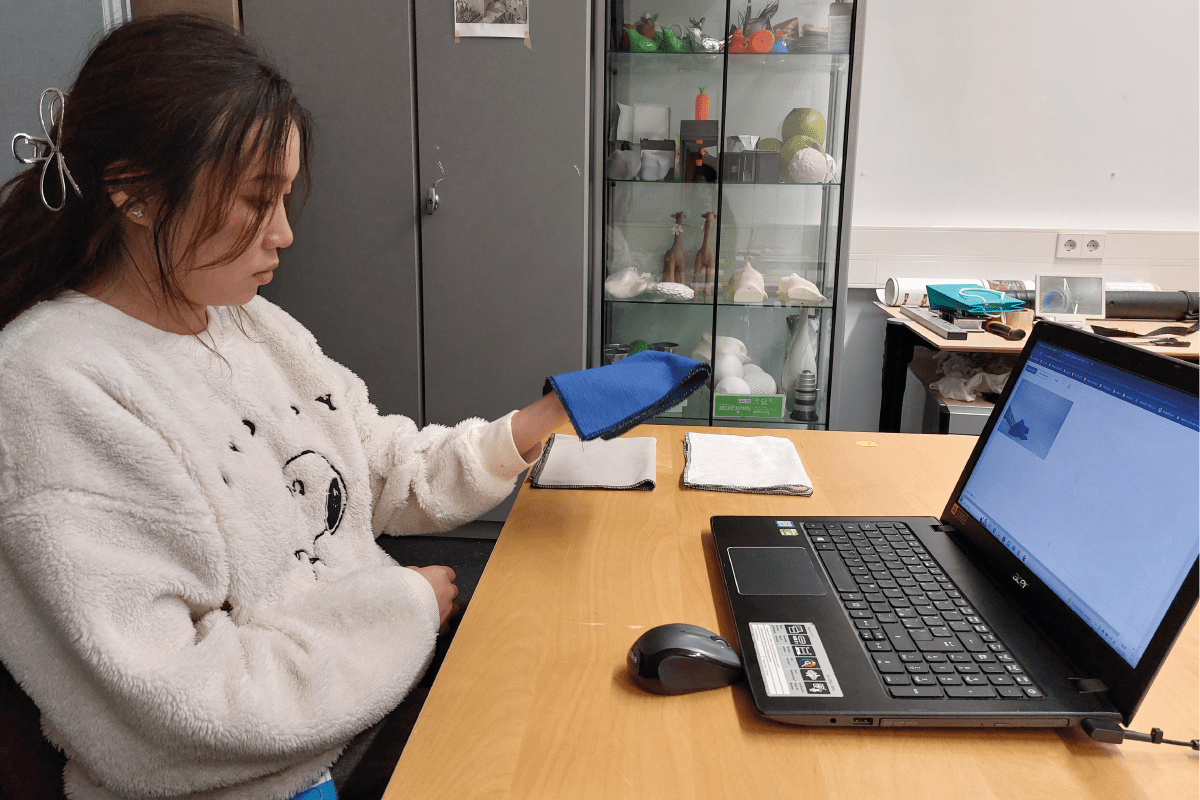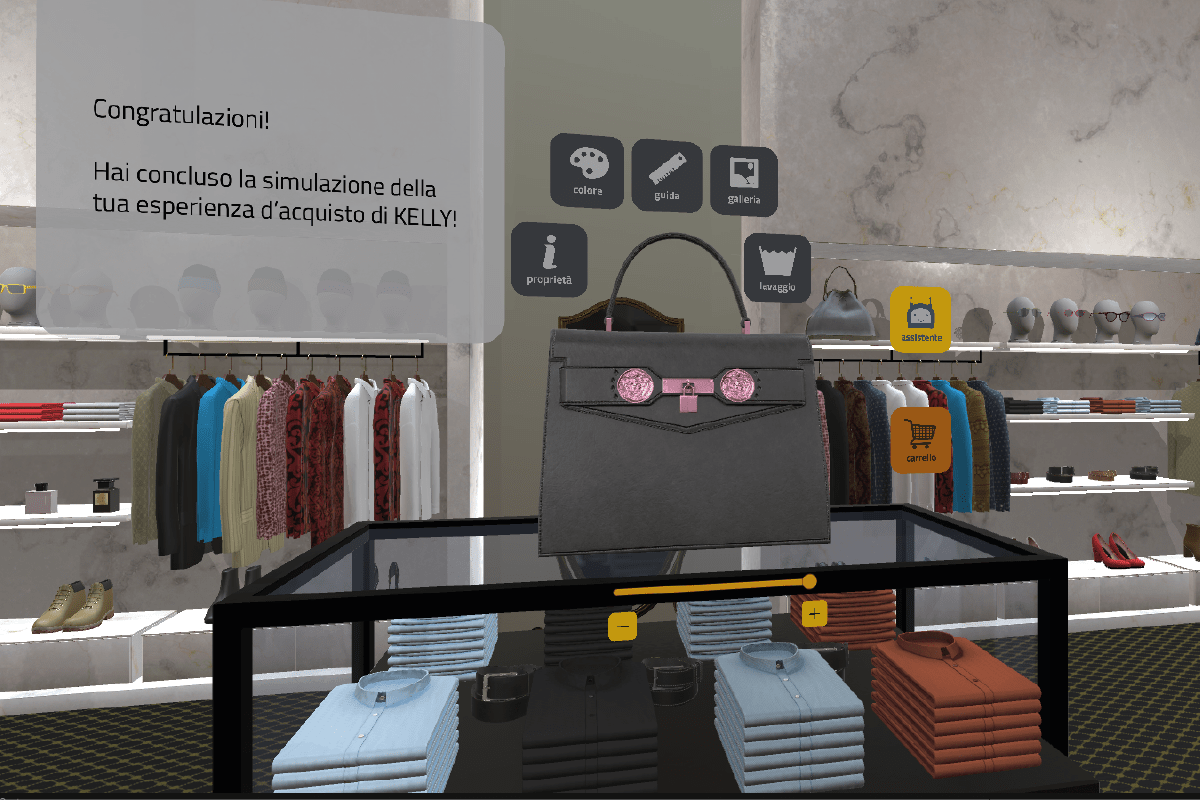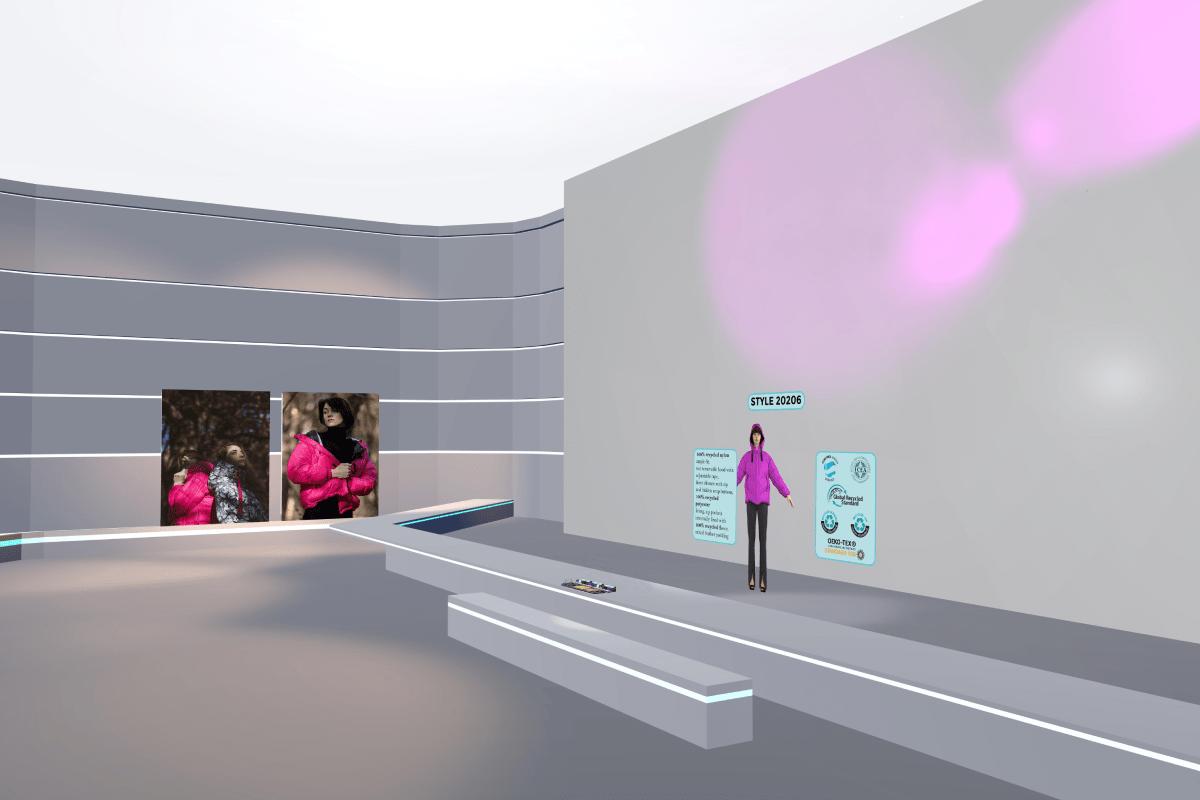Precise Surgical Tool Manipulation
Surgical tool manipulation is a challenging task requiring 6 DoF precision. This project aims to improve the quasi-static visual elements of the state-of-the-art with a novel widget implementation considering the Human-centered design approach. The main objective is the surgeon can seek and interact in a quick, pre-attentive way. We compare our innovative widget design with the golden standard in a user test, measuring the time, translational and rotational error, and user usability. The innovative 3D spatial user interface leverages Gestalt principles to achieve better visual perception for the user.
VR Setup for Medical Procedures
The virtual reality mobility test is a novel method in literature to be an alternative to evaluate the therapy rather than the traditional testing methods in ophthalmology. However the cost of the VR system and setup requirements are still at high costs and the guidelines are limited. To address this we presented a low cost portable non-operator dependent VR test for the evaluation of visual impairment in patients with visual impairment. We implemented a proof of concept prototype with a volunteer with Inherited Retinal Dystrophies. Our prototype promises a facile testing and can be the new golden standards for the Virtual reality mobility test.
Pseudo-Haptics for Material and Object Perception
Pseudo-haptics is a form of haptic illusion exploiting brain’s capabilities and limitations from a psycho-physical perspective.
The aim of this research is to deliver a visualized and listened touch in order to communicate tactile properties of fabrics and objects not using actual touch but using the senses of vision and hearing to communicate the perception of indirect touch.
The first experiments were conducted in collaboration with the Perceptual Intelligence Lab of the Industrial Engineering Department of TU Delft (Netherlands).
This research explores whether using Virtual Reality (VR) – immersive and desktop – and Augmented Reality (AR) technologies enhance the shopping experience in the fashion ad furniture industry.
Experiments were carried out in order to validate the hypotheses.
These studies have implications for fashion and furniture industry research, as the use of digital technologies can potentially lead to novel shopping patterns by enhancing the shopping experience.
In fashion industry need to present a sample collection to the reseller and find wholesalers. In Business-to-Business (B2B) activity is characterized by complex storytelling and communication methods to convey the value of the products: materials, finishes, sizes, and fit options. Usually, the showroom is used to present the garment collection, a representative of the manufacturer, and one or more resellers. Setting up a physical showroom is expensive and requires the transportation of the entire collection. We present a Metaverse-based showroom based on the VRChat and used Head-Mounted Displays (HMD) to recreate a real-life showroom. The users are remotely seated at a shared desk in front of the catwalk. The reseller can interact with the following functions: collection presentation, fashion show participation, and material/color configuration.








